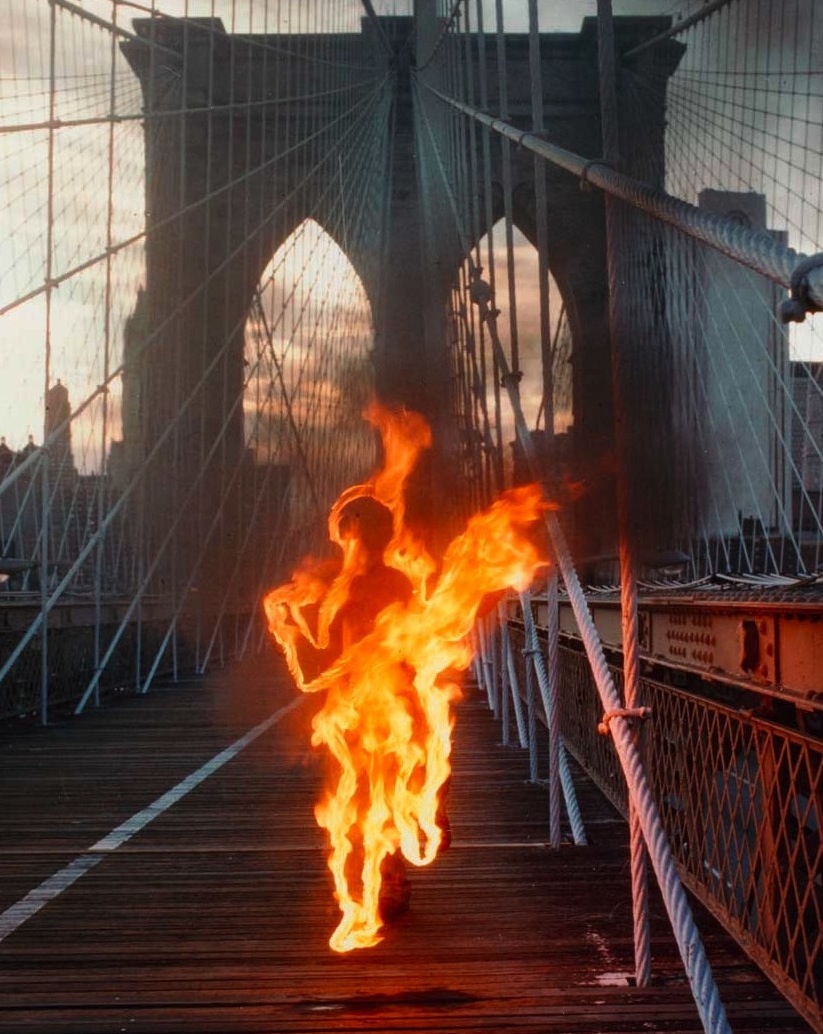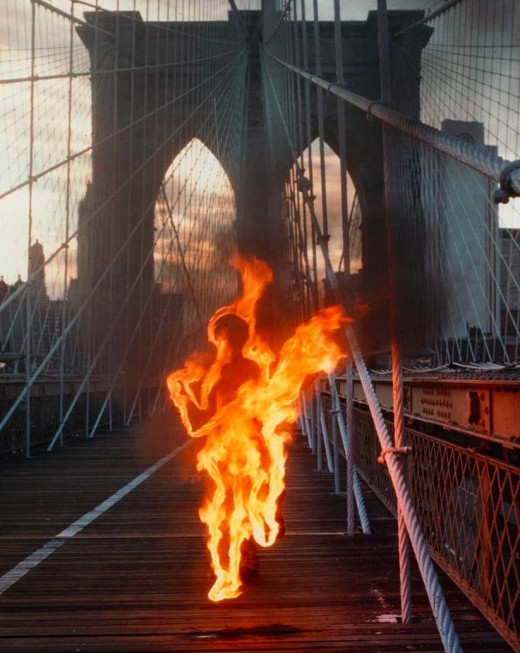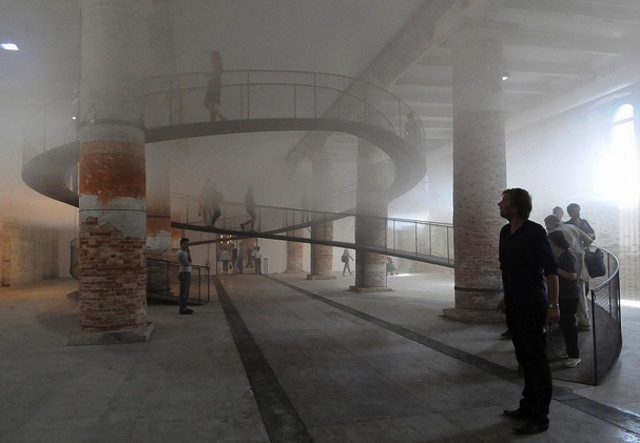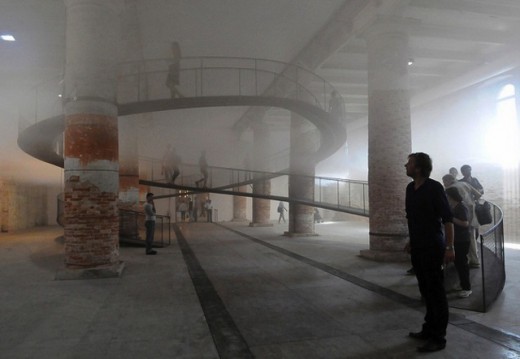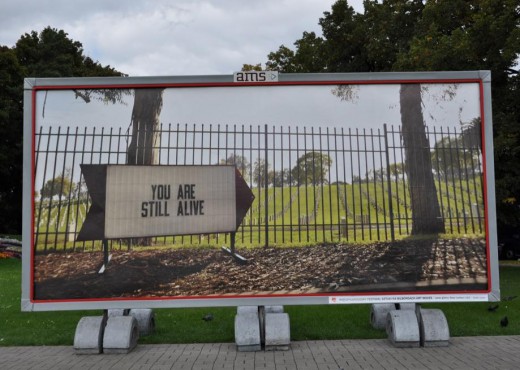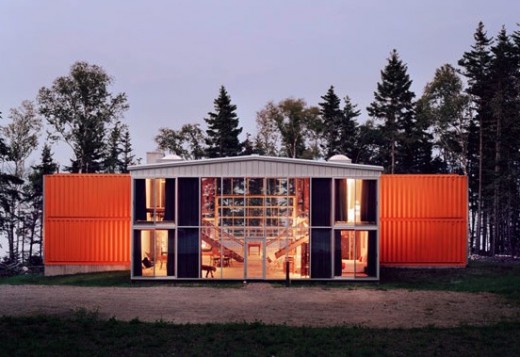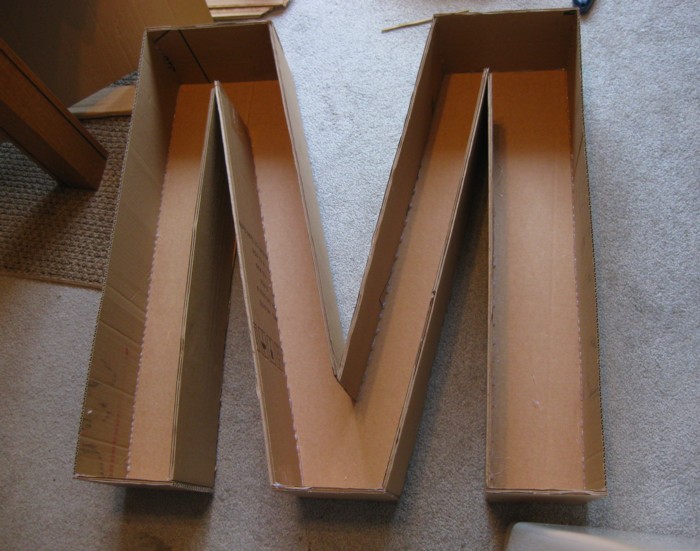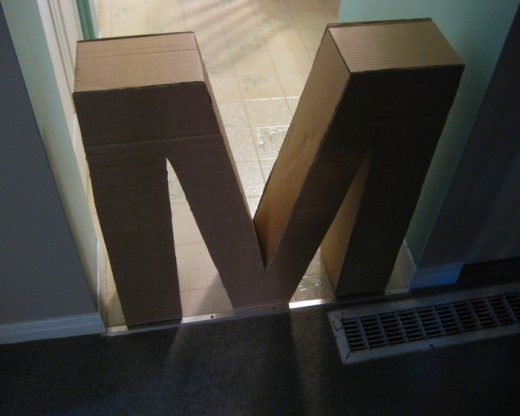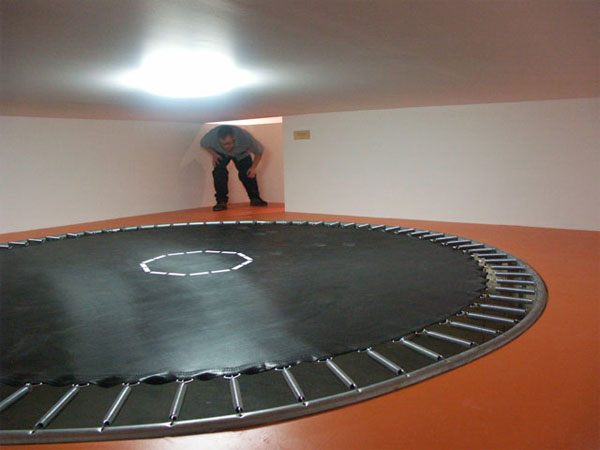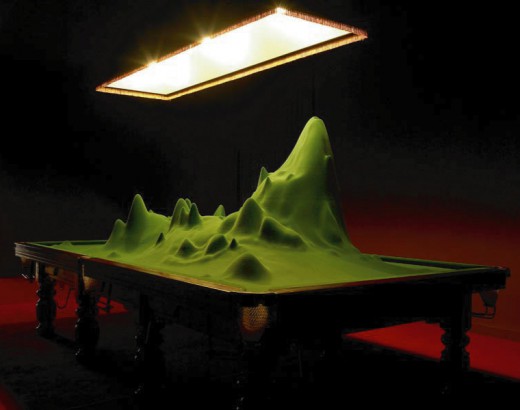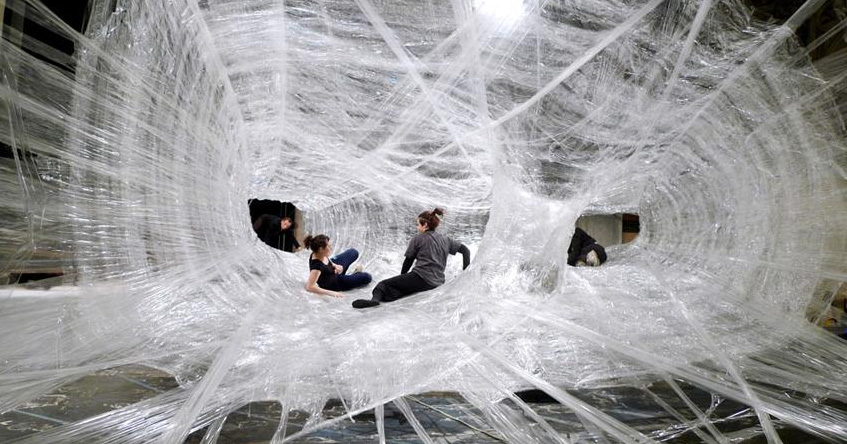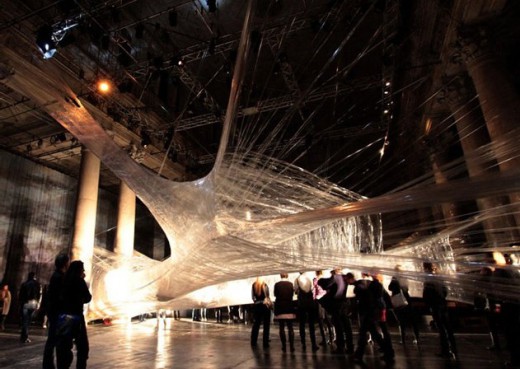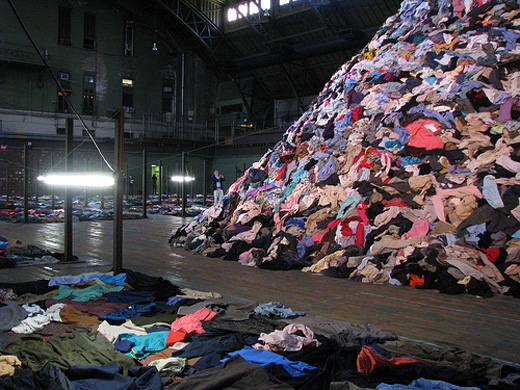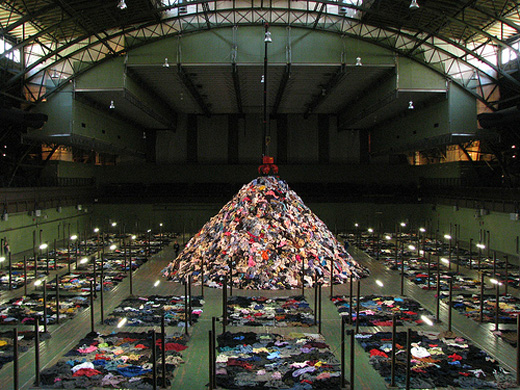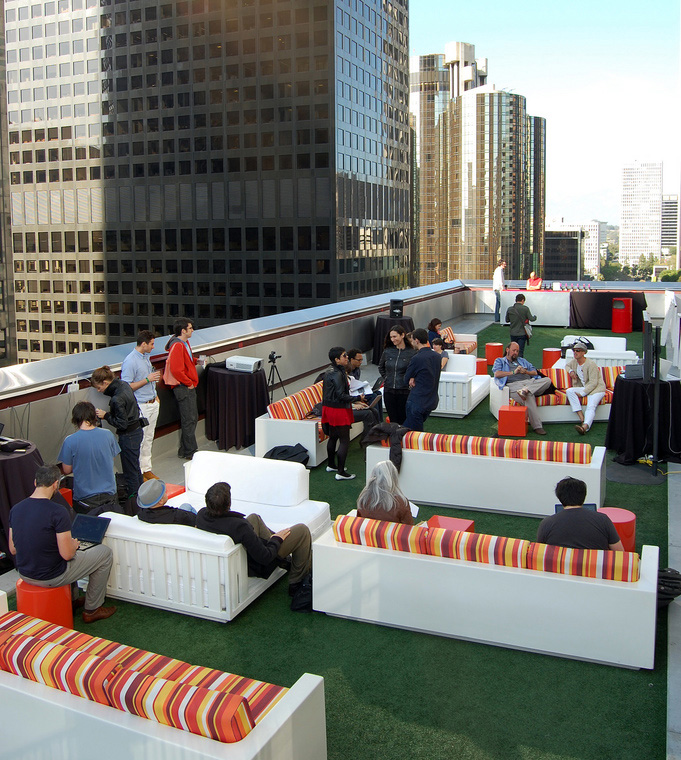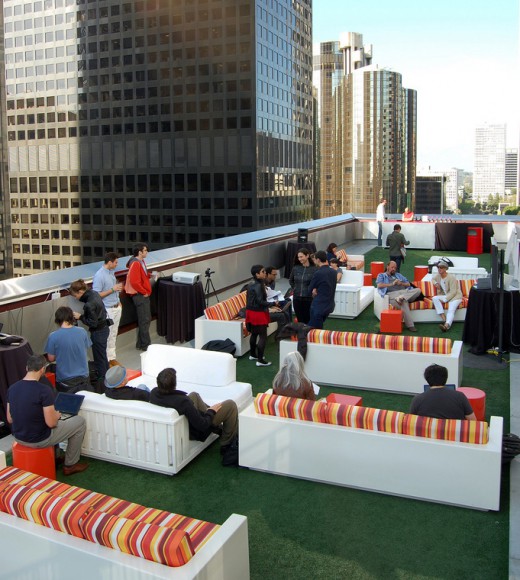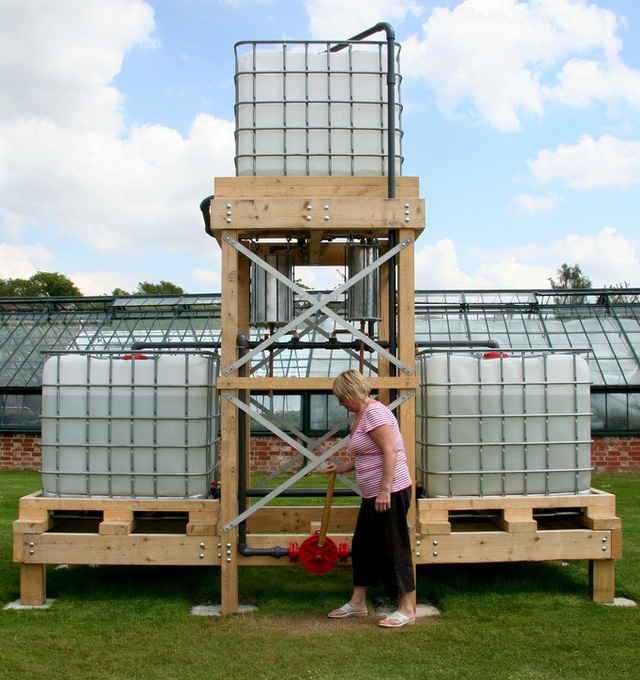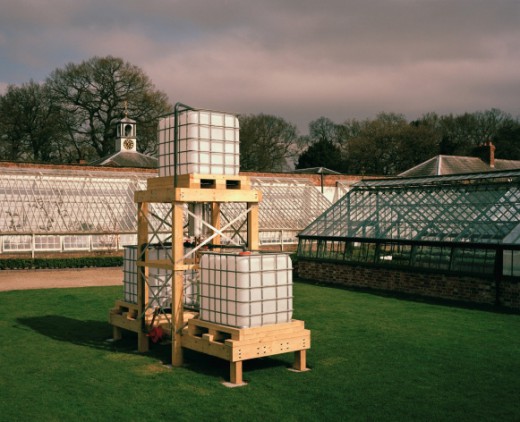Anyone who has an interest in the world of guerilla street art probably already knows about the recently published Trespass: A History of Uncommissioned Urban Art. The book, published by Taschen of course, contains photographs of many ephemeral works that might have been easily lost forever. The street art movement is more than deserving of a dedicated book, especially one that encompasses more than four decades of temporary work.
According to Taschen, “Trespass examines the rise and global reach of graffiti and urban art, tracing key figures, events and movements of self-expression in the city’s social space, and the history of urban reclamation, protest, and illicit performance. The first book to present the full historical sweep, global reach and technical developments of the street art movement, Trespass features key works by 150 artists, and connects four generations of visionary outlaws.”
Image Above: Paolo Buggiani, Minotaur, Brooklyn Bridge, New York City, 1980
